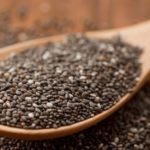Winged bean, also known as winged pea or winged bean, is a member of the legume family. Its scientific name is Psophocarpus tetragonolobus and it is a climbing perennial with four-winged pods that contain large seeds.
The green pods of the winged bean have four edges similar to tamarind pods but with serrated edges and no juice. Not only the pods, but all other parts of the plant can be consumed – such as leaves and tubers. The flowers of the winged bean are also used in salads and side dishes. The dried seeds can be roasted and brewed as a coffee substitute.

Farmers grow winged beans for their edible pods, similar to other green vegetables. Nowadays, different varieties of winged beans with yellow, white, and purple colors are bred. When eaten raw, they have a subtle fragrance. This fruit is extensively cultivated in Southeast Asian countries such as India, Burma, Sri Lanka, Thailand, the Philippines, and Indonesia. In our country, winged beans are grown in the southern provinces. Winged beans are a staple food in the Philippines, where they are called “Sigarilyas”.
According to MDPI, winged beans have been used as a “medicinal plant” for about 2,600 years BC. They are rich in vitamins, magnesium, oil, plant-based protein, and carbohydrates. Winged beans also contain many antioxidants, anti-inflammatory properties, and other health-boosting properties.
According to Full of Plants, winged beans provide a significant amount of protein, with the seeds alone containing 20% protein. The leaves contain even higher levels of protein, up to 15% compared to other green leafy vegetables. Winged beans are also packed with essential amino acids, fiber, as well as beneficial minerals such as iron, potassium, manganese, and copper. Moreover, they also contain a substantial amount of folate, which is beneficial for pregnant women and can support brain health and blood sugar regulation.
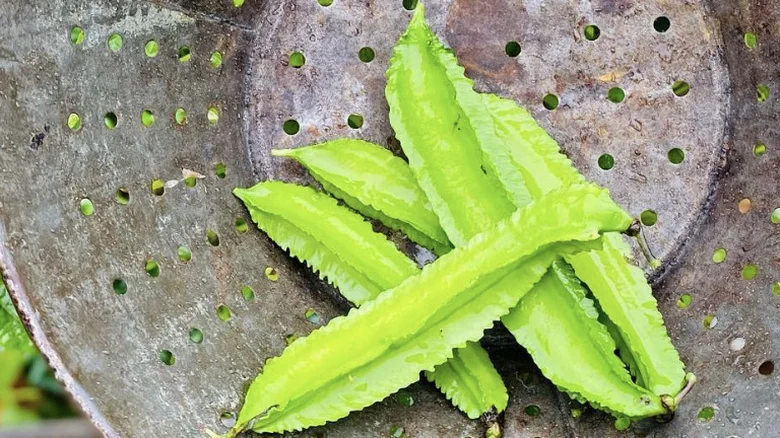
In traditional medicine, winged beans are considered to have a cool, sweet, and nourishing nature. They are believed to help ease indigestion, bloating, and other related symptoms.
Delicious and Nutritious Winged Bean Recipes
In folk culture, winged beans are known as the “food of the poor” because all parts of the plant can be used as food and provide beneficial nutrients for the body. Here are some delicious winged bean recipes:
Stir-fried and Raw Winged Bean Dishes
The blossoms and young leaves of winged beans can be used in salads or as side dishes.
While young pods can be combined with other ingredients to create aromatic stir-fry dishes or hot and sour soups.
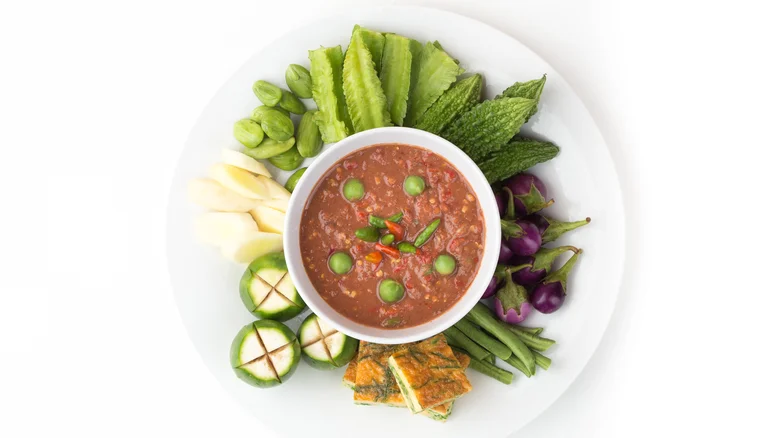
However, no matter how they are cooked, raw winged beans are the most delicious. They are crispy and have a mild, sweet, and slightly fragrant taste. They are enjoyable to chew.
In addition, dried winged bean seeds can be used to make nutritious and tasty tofu and sprouts. The mature winged bean seeds are also flavorful and can be compared to roasted peanuts.
Winged Bean Congee and Sweet Soup
The process of making congee from winged beans is similar to making congee from mung beans, black beans, peanuts, or corn. It may sound strange, but it is delicious and has a unique flavor that is hard to describe.
Winged bean congee has the aroma of winged bean seeds combined with the fragrance of glutinous rice, creating a distinctive and visually appealing yellow or spotted dish.
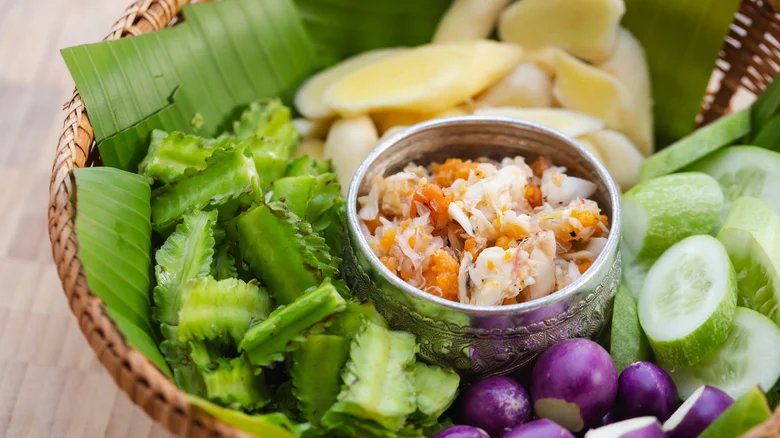
Preparing winged bean sweet soup is not much different from making other types of sweet bean soups. However, the winged bean seeds may require longer soaking time as they are larger and harder.
Winged Bean as a Valuable Herb for Treating Various Diseases
In addition to its role as a daily food, winged beans are also considered a valuable herb that helps treat various diseases.
Winged Bean Seeds for Treating Gastric Pain
In traditional Vietnamese medicine, winged bean seeds can effectively treat gastric pain. Approximately 15-20 roasted winged bean seeds should be eaten before each meal, allowing 20-30 minutes for the seeds to take effect. This treatment can be done 2-3 times a day. Each time, patients only need to chew a few roasted winged bean seeds and swallow them with a little water.
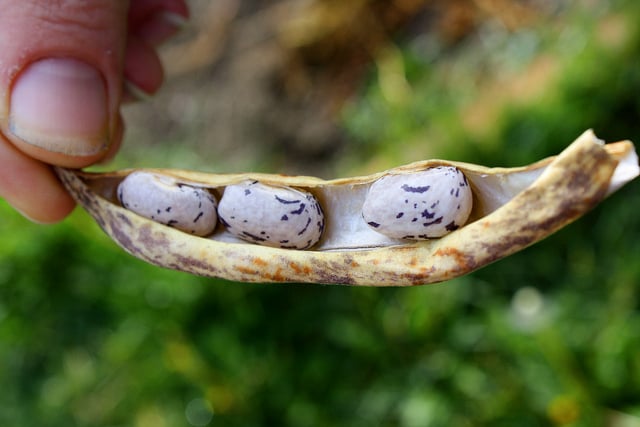
Eating Winged Beans to Support Asthma Treatment
According to MDPI, winged beans contain a significant amount of magnesium. People with asthma often need regular magnesium supplementation to control symptoms. Consuming winged beans can help reduce asthma attacks, relax airway smooth muscles, and regulate breathing patterns.
Eating Winged Beans to Help Regulate Blood Pressure, Diabetes, and Cardiovascular Health
According to Full of Plants, the potassium in winged beans helps regulate heart rhythms, reduce arterial oxidation, minimize “bad” cholesterol, control blood pressure, protect the cardiovascular system from stroke and ischemic heart disease, regulate insulin, support glucose metabolism, and balance blood sugar levels.

























